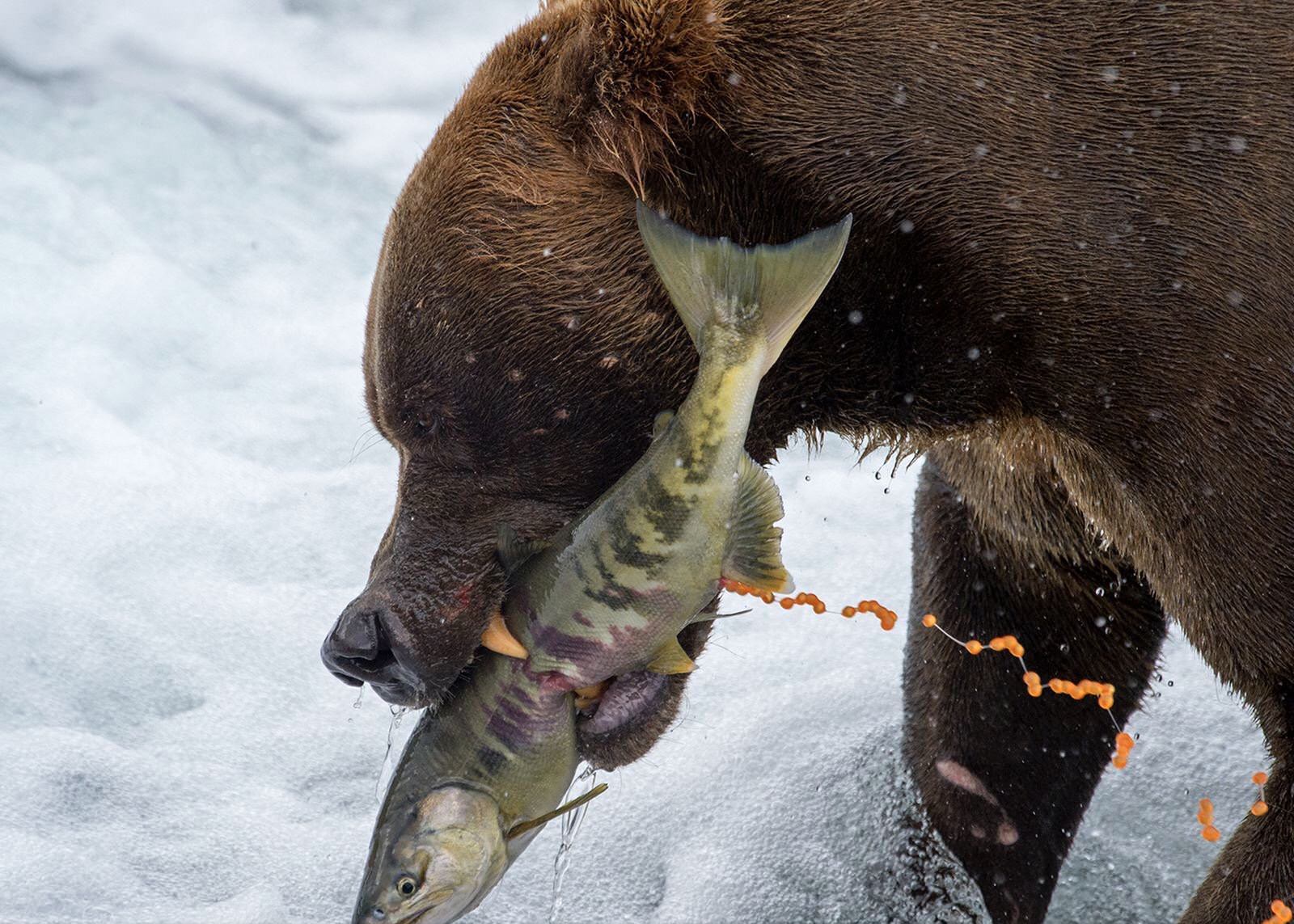
You approach the cage, the mouse does her best to look fit and strong, and you wrongly assume she’s not in pain. The challenge, some authors warn, is that mice and other “prey species” may hide or mask their pain (Dwyer, 2004 Malik & Leach, 2017 Allweller, 2019 McLennan et al., 2019 Mogil, 2019 Turner, Pang & Lofgren, 2019 WIRES Northern Rivers, 2020).
Prey animals how to#
Southern rochopper penguin ( Eudyptes chrysocome)įor more take a look at our Arctic animals list.As a veterinarian with an interest in laboratory animal pain management, I have read articles and reviewed manuscripts on how to diagnose a mouse in pain.King penguin ( Aptenodytes patagonicus).Emperor penguin ( Aptenodytes forsteri).Red-faced spider monkey ( Ateles paniscus).Citrus swallowtail ( Papilio demodocus).Sumatran Elephant ( Elephas maximus sumatranus).Kissing gourami ( Helostoma temminckii).Goliath beetle ( Mecynorrhina ugandensis).Water chevrotain ( Hyemoschus aquaticus).Southern masked weaver ( Ploceus velatus).Gemsbok or South African oryx ( Oryx gazella).Thomson's gazelle ( Eudorcas thomsonii).North African ostrich ( Struthio camelus camelus)įor more, take a look at our complete list of desert animals.Some of the most important prey animals of the biome include: Desert prey animals or semi-arid zones: In addition, predator animals usually occupy the last links of the food chain.įor more, you may be interested in taking a look at our article where we discuss symbiosis definitions and examples.įor an ecosystem to remain stable, there must be a greater population of prey than predators.


They may have claws, sharp teeth, strong jaws, venom or other features which allow them to capture their prey. On the other hand, when it comes to predator animal facts, these animals are often carnivorous or omnivorous animals.
Prey animals series#
Prey animals do have a series of characteristics which define them. However, it’s important to know that secondary consumers, despite being carnivorous or omnivorous animals, can also be preyed upon by superpredators. These prey animals are often herbivorous.

Within the food chain, prey animals are linked between the primary producers (autotroph organisms) and the secondary or tertiary consumers.


 0 kommentar(er)
0 kommentar(er)
